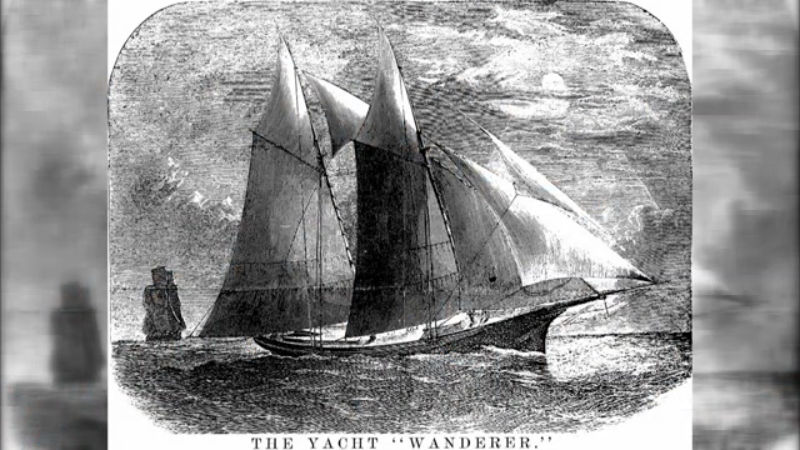AUGUSTA, Ga. (WJBF) – Now calm and serene, the Savannah River was once a bustling, active route for importing and exporting goods in the River Region. It’s proud past also includes a perilous period that changed lives and later influenced a segment of art culture.
“The slave trade had been abolished in 1807 and really took effect in 1808. But, this was 50 years later in December 1858,” explained Edgefield County Historian Tonya Guy.
About 400 slaves were brought to Georgia on a schooner called “The Wanderer.” Small boats were hired to take slaves up the Savannah River. 200 were taken through the dark, murky water of Horseshoe Creek and into Edgefield County, South Carolina.

“There are newspaper accounts talking about how intelligent they were, how quickly they learned when they came here and started working on different plantations. They were skilled laborers,” said Guy.
Although ripped from their country with an uncertain future, the slaves would not let go of a piece of their past. While working for local pottery manufacturers, they created “face jugs.”
“They’re very rudimentary. They’re very crude. They’re very small,” said Guy. “It’s believed that they practiced the voodoo religion. So, they believed that they could talk to ancestors through the face vessels.”
While no one can put a price on the service of slaves, collectors are paying high dollar to get a piece of their work. They’ve sold for up to $25,000 at auctions.
Although they are long gone, face jugs of slaves from The Wanderer serve as a glaring reminder of perseverance that will never be forgotten.









